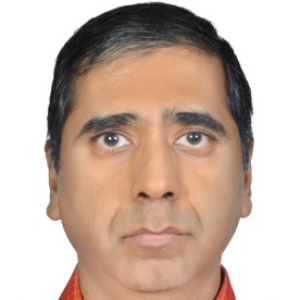Title : Profile of patient with acute viral hepatitis: An 8-year observational study from a tertiary care centre
Abstract:
Hepatitis A virus (HAV) and hepatitis E virus (HEV) are important causes of acute viral hepatitis (AVH) and acute liver failure (ALF). Due to the paucity of data, the exact burden of the disease is not established.
Objective: Considering this background, the present study aims to determine the prevalence, epidemiology, and biochemical correlation in AVH due to HAV and HEV.
Setting and Design: It was a retrospective observational study conducted over 8 years from August 2016 to September 2024 in a tertiary care hospital.
Material and Methods: The study population included 907 patients (outdoor and hospitalized) having clinical features of AVH. All serum samples from these patients were tested in duplicate for immunoglobulin M (IgM) anti-HAV and IgM anti-HEV antibodies using commercially available enzyme-linked immunosorbent assay (ELISA) kits. The liver function tests (LFTs) were also monitored.
Results: Of the 907 specimens processed from the patients with AVH, 60 (6.50%) were positive for IgM anti-HAV antibodies and 77 (7.5%) were positive for IgM HEV antibodies. A total of 5 patients (0.60%) were positive for both anti-HAV IgM and anti-HEV IgM antibodies indicating HAV-HEV confection. Our study shows that the HAV infection was more prevalent in the pediatric age group. The HEV infection was seen in all age groups and more prevalent in the age group of 20–30 years. The infection was more prevalent between the month of June to October, that is, during monsoon and post-monsoon seasons. Total serum bilirubin, serum glutamic oxaloacetic transaminase (SGOT), serum glutamic pyruvic transaminase (SGPT), and alkaline phosphatase (ALP) were elevated at 85.84, 86.79, 91.5, and 83.96%, respectively, in HAV-infected and elevated at 78.12, 93.75, 67.18, and 57.03%, respectively, in HEV-infected patients. The patients with HAV-HEV coinfection had all deranged LFTs indicating more severe form of disease.
Conclusion: The present study emphasizes the importance of screening all hepatitis viral markers (A, B, C, E) for early diagnosis and curtailment of outbreaks and epidemics by the public health sector reducing morbidity and mortality.



